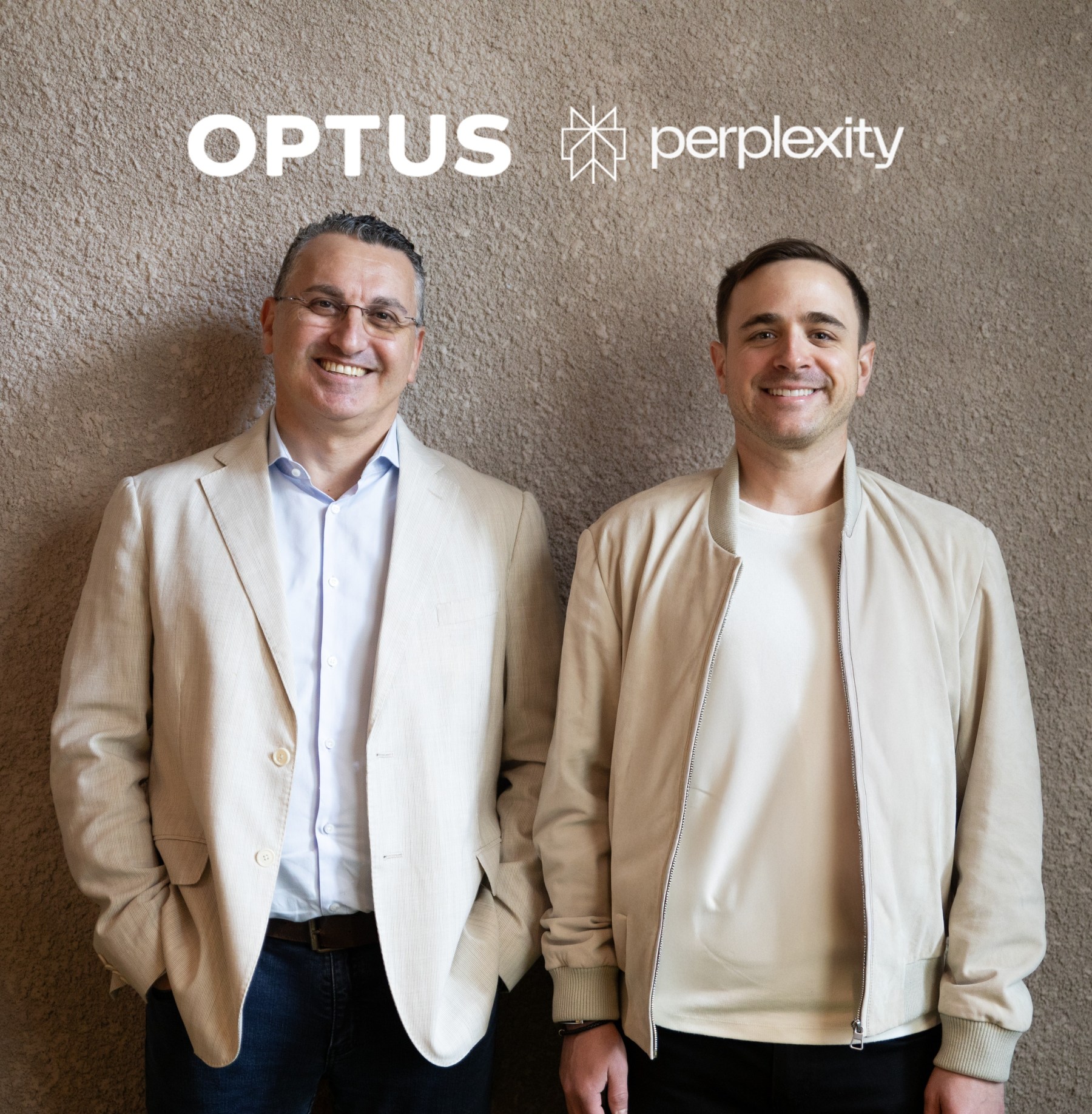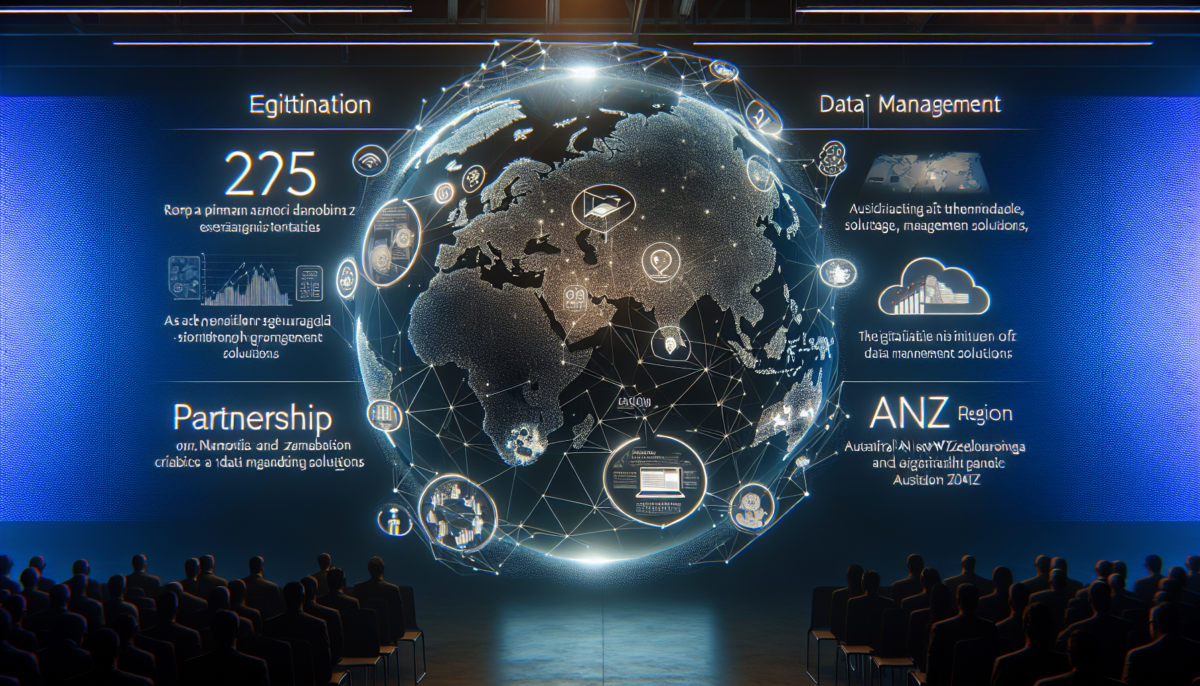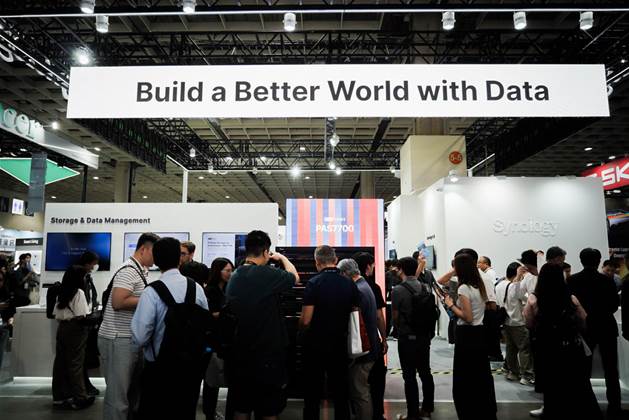BritBox Australia’s Rates Increase by 40%: Is the Fresh Content Justifiable?
We independently review everything we recommend. When you buy through our links, we may earn a commission which is paid directly to our Australia-based writers, editors, and support staff. Thank you for your support!
Concise Overview
- BritBox Australia raises subscription fees by 40% starting July 2025.
- Launch of three new linear channels: BBC First, BBC Entertain, and BBC Select.
- New and exclusive series include Agatha Christie’s Towards Zero and Outrageous.
- Subscribers will have access to an expanded selection of 4K UHD content and enhanced viewing experiences.
A Detailed Examination of BritBox Australia’s Price Increase

BritBox Australia has revealed an extensive enhancement to its service, unveiling three additional linear channels and a broader content library almost five years after its local launch. Effective from 31 July 2025, the monthly subscription cost will increase from A$9.99 to A$13.99, with annual subscriptions rising to A$139.99.
New Content and Channels
The upgraded service offers hundreds of hours of extra British programming, featuring exclusive series such as Agatha Christie’s Towards Zero, Outrageous, Fear, and Death Valley. Viewers can anticipate new seasons of beloved shows like Shetland, The Bay, Call the Midwife, Death in Paradise, and Silent Witness. This growth aims to establish BritBox as the leading provider of British television content in Australia.
Introduction of Three New Linear Channels
BBC First
A premier destination for drama showcasing high-quality crime thrillers and period pieces, including Beyond Paradise, The Bay, and Call the Midwife.
BBC Entertain
A comprehensive entertainment channel that blends comedy, drama, and lifestyle programs with British comedies like Richard Osman’s House of Games and quiz shows such as QI and Would I Lie To You?
BBC Select
A documentary center highlighting nature, science, and true crime featuring presenters like David Attenborough, Brian Cox, and Michael Mosley.
These channels will stream at 1080p adaptive streaming quality, complementing the on-demand catalogue without replacing it. This signifies a return for BBC First, which had previously functioned as a linear channel on Foxtel and Fetch TV before ceasing operations in July 2024.
Is the Price Increase Justifiable?
In comparison to other streaming platforms such as Disney and Warner Bros Discovery, which focus on being the main source for new content, the BBC takes a more adaptable distribution strategy in Australia. While BritBox holds exclusive first-run rights for series including Call The Midwife and Silent Witness, other BBC offerings remain available across various local services.
The rise in subscription fees also introduces additional advantages, including access to an increased amount of 4K UHD content, heightened download limits, and enhanced viewing quality throughout the platform.
Conclusion
BritBox Australia’s move to elevate its subscription costs by 40% signifies its dedication to delivering a more enriched content experience with the rollout of new linear channels and exclusive series. Though the hike may seem significant, the added value in content variety and quality improvements might validate the adjustment for many subscribers.



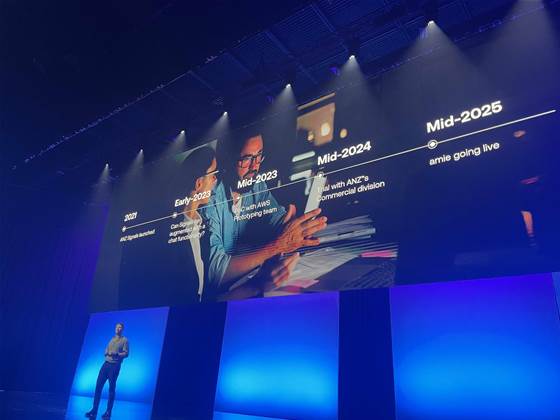



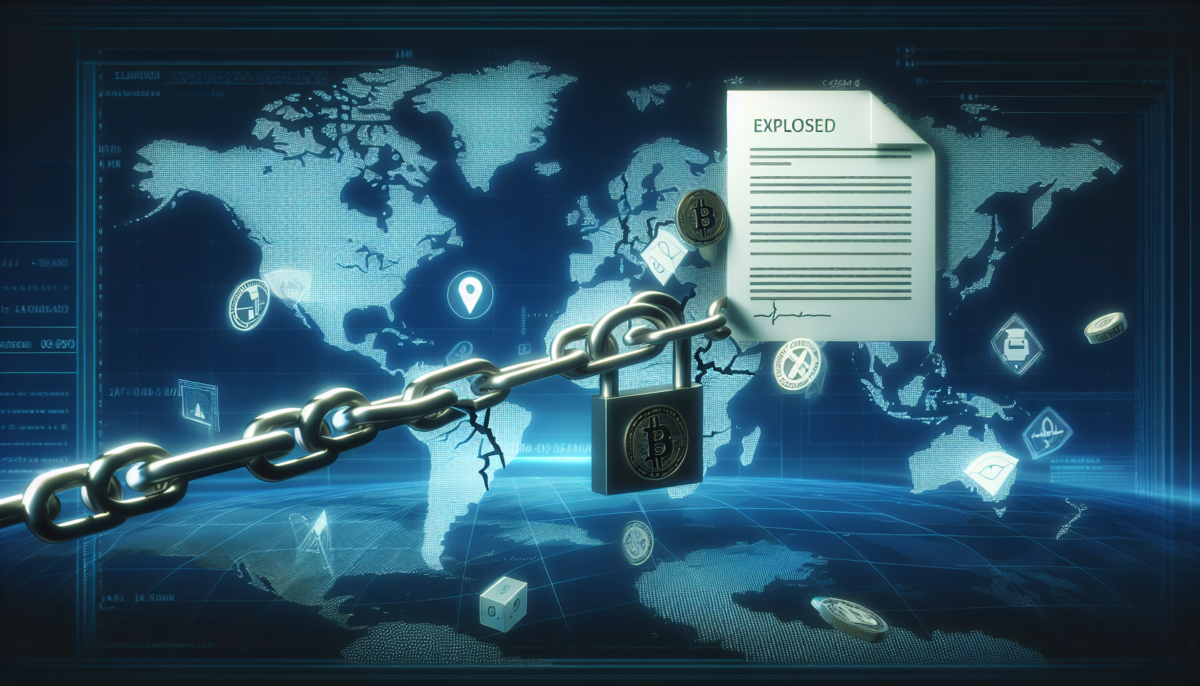

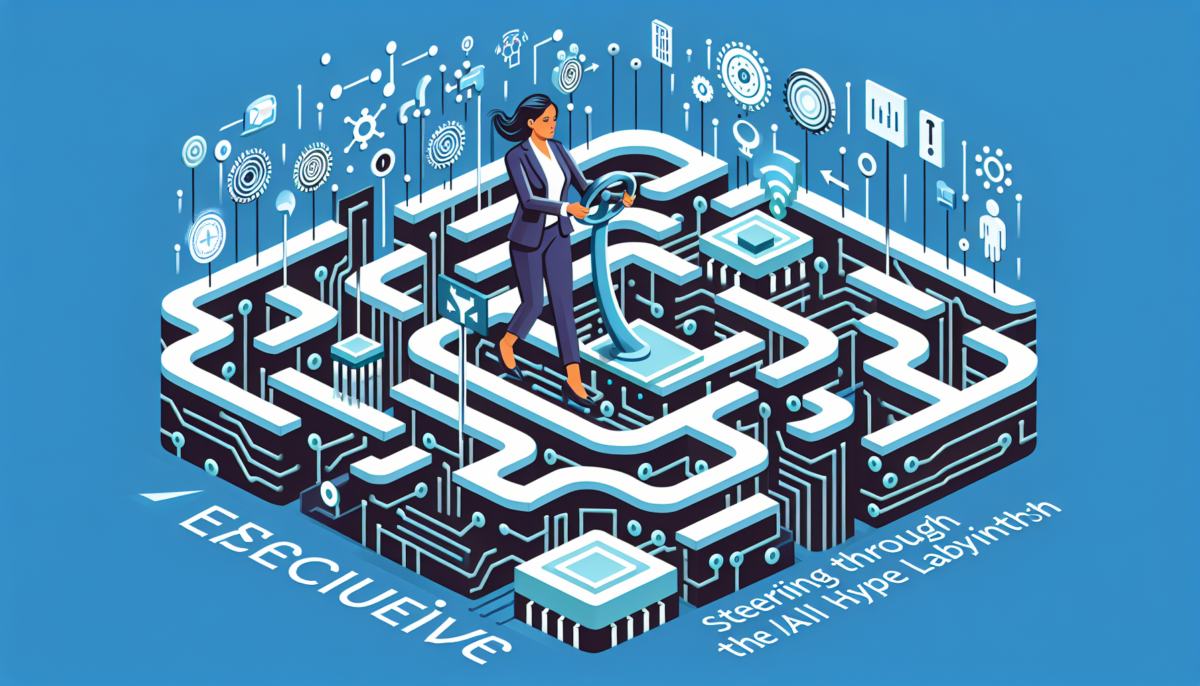
.jpg)

